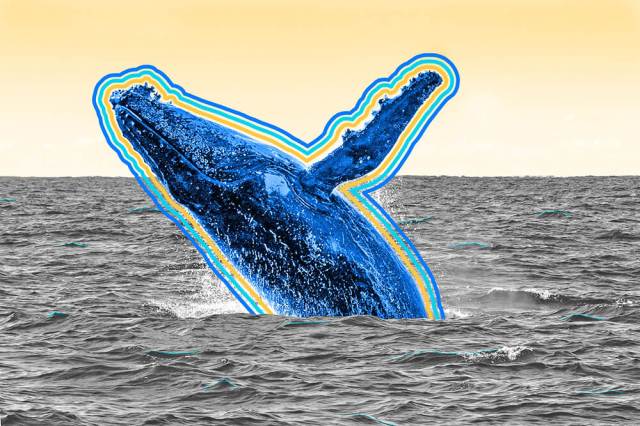| Whales are some of the most majestic creatures on the planet. The blue whale is the largest animal to ever exist, the bowhead whale can live for more than 200 years, and a few humpback whales saved the future of humanity in Star Trek IV: The Voyage Home. In fact, these creatures are so amazing that even their earwax is a vital tool — at least for helping scientists understand the mysterious mammals themselves. Take, for instance, the 10-inch-long earplug of an adult blue whale (Balaenoptera musculus). Cetologists — scientists who study whales — can cut into a plug of earwax and learn the whale's age, much as dendrochronologists do with tree rings. Earwax from blue whales (and other large whales such as humpbacks) forms rings, known as "laminae," every six months, which give scientists a snapshot of the creature's entire life through cycles of summer feeding and winter migration. And these waxy earplugs can tell scientists more than just a whale's age. Earplugs also capture a chronological "chemical biography" that shows what chemicals and pollutants were found in the animal's body throughout its life, including levels of the stress hormone cortisol. Scientists have compared whale cortisol levels with whaling data, using records from 1870 to 2016, and found an unmistakable positive correlation. The only discrepancy was during World War II, when whale stress levels increased despite a decrease in whaling overall (scientists assume increased military activity was the likely culprit). Despite a near-international moratorium on whaling in the 1980s, whales still exhibit high cortisol levels thanks to increased ship noise, climate change, and other factors. But with the help of whale earwax, scientists can at least continue to examine the health of these majestic beasts and the oceans they inhabit. | 






No comments:
Post a Comment